ARTIST:
ANDREW NELSON
In 2021/22 Southern Queensland Landscapes started its First Nations Art Competition with the view of giving Aboriginal artists from the 28 Nations throughout Southern Queensland a vehicle through which they could connect with other artists and provide a platform upon which we could help showcase the amazing talent of the region.
In its inaugural year the theme was ‘Heal Country’ and 12 artists entered the competition, which were on show at the University of Southern Queensland Art Gallery from 8 July to September, 2022 Tuesday to Friday 10am to 3pm.
Scroll down to meet the 2022 First Nations Art Competition finalists.
To make an enquiry about purchasing, please email art@sqlandscapes.org.au.
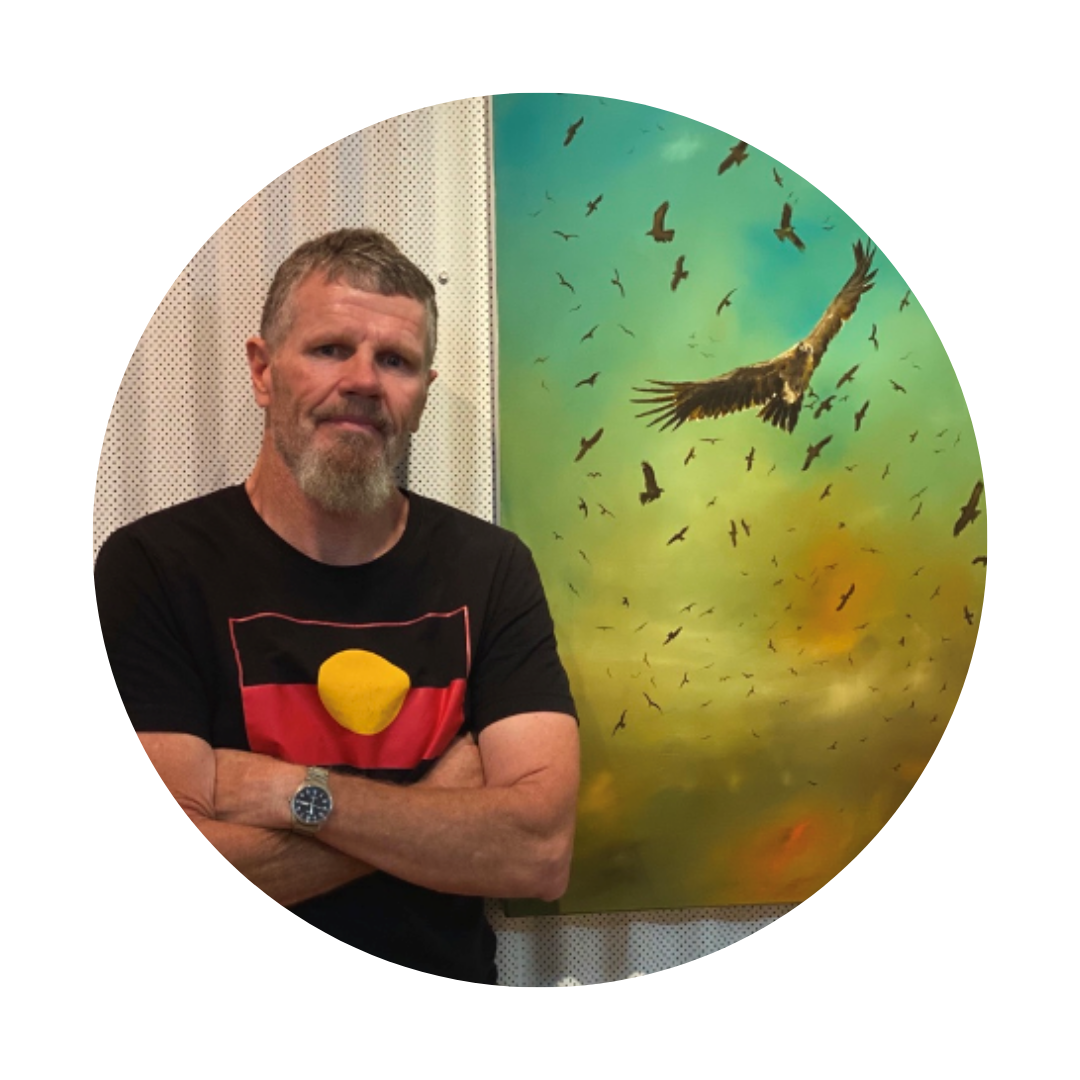
ARTIST:
ANDREW NELSON
NOT FOR SALE
My painting is of the rivers, creeks and waterholes that flow through and connect Country. When the water is healthy and plentiful, Country is healthy and provides us with what we need to survive while keeping and respecting lore. My painting shows the majestic Warrego River in all of its glory. The five canoes symbolise the five tribes that lived in and around Cunnamulla pre-colonisation. It shows a time back when we could freely live by our culture and lore.
Water is everything to our community.
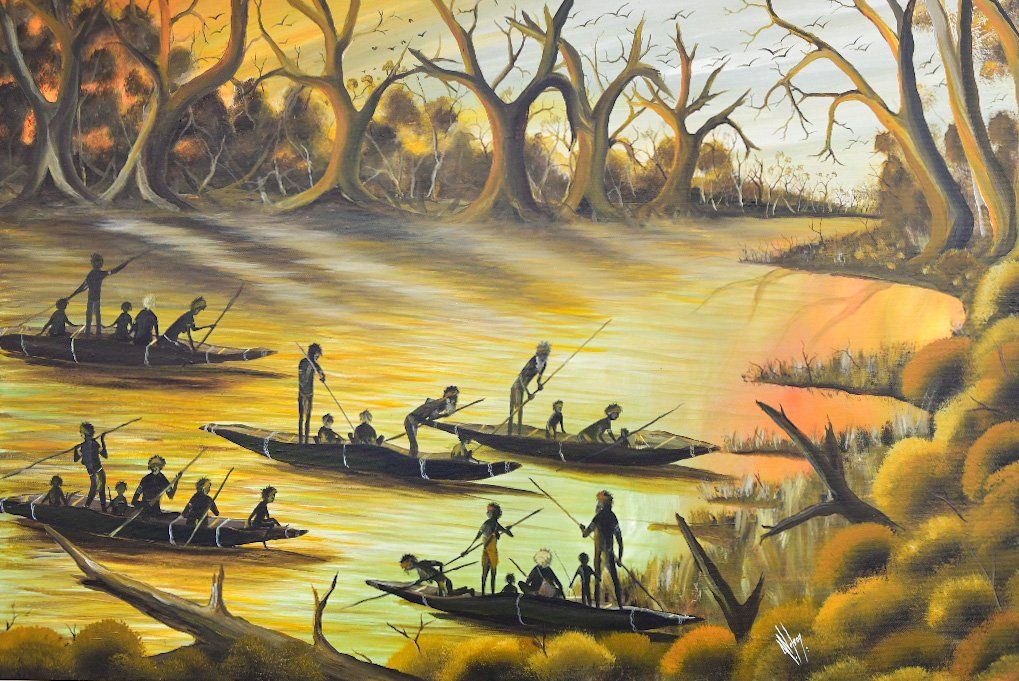

ARTIST:
ANDREW NELSON
NOT FOR SALE
In my early years, I grew up on the Aboriginal reserve on the bottom campsite along the Warrego River outside of the town of Cunnamulla. We called this camp Yumba, but white people in the town called it Hollywood. It definitely wasn’t Hollywood for the many families and tribes and clans that lived and struggled with the day-to-day hardships of living in the Yumba. Life on the Yumba was hard but we all made good of a bad situation by sharing and giving whatever we could to make the most of that moment in time. This painting depicts the Yumba in the 1960’s from my perspective as a young Indigenous boy. This was the way of life for the Kooma people that lived in the Yumba; we didn’t know any other way of life, only when we come into town. During the late 70’s water drums was our only way of preserving clean water, the water drums were very significant to me as it signified my strong cultural ties to Yumba land, preserving my cultural connection, my family and respect for my Elders.
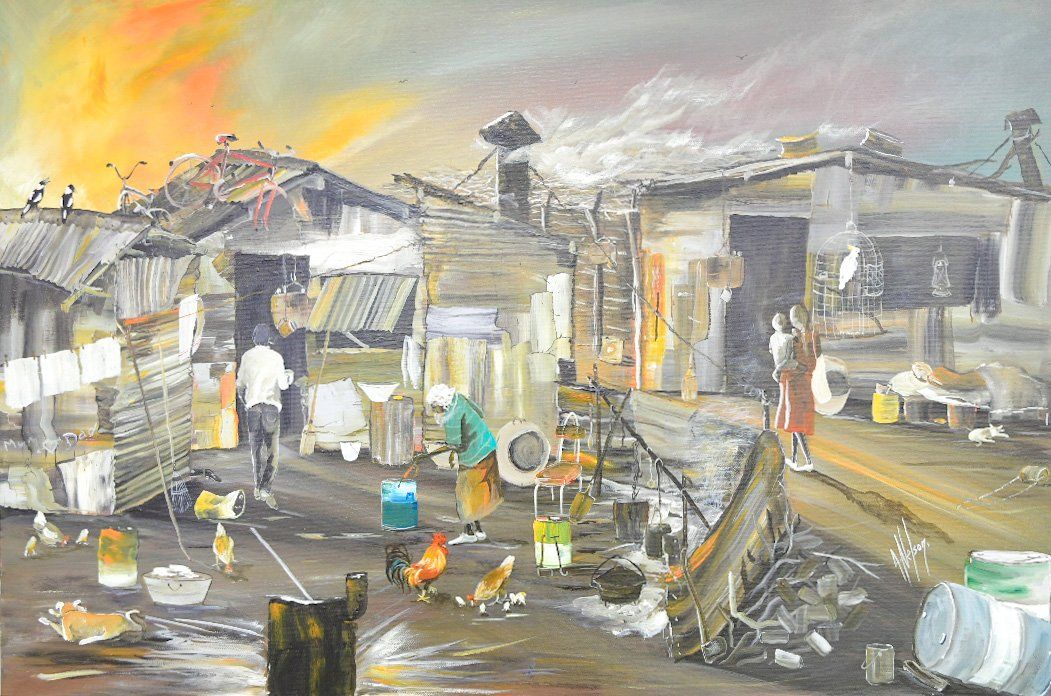
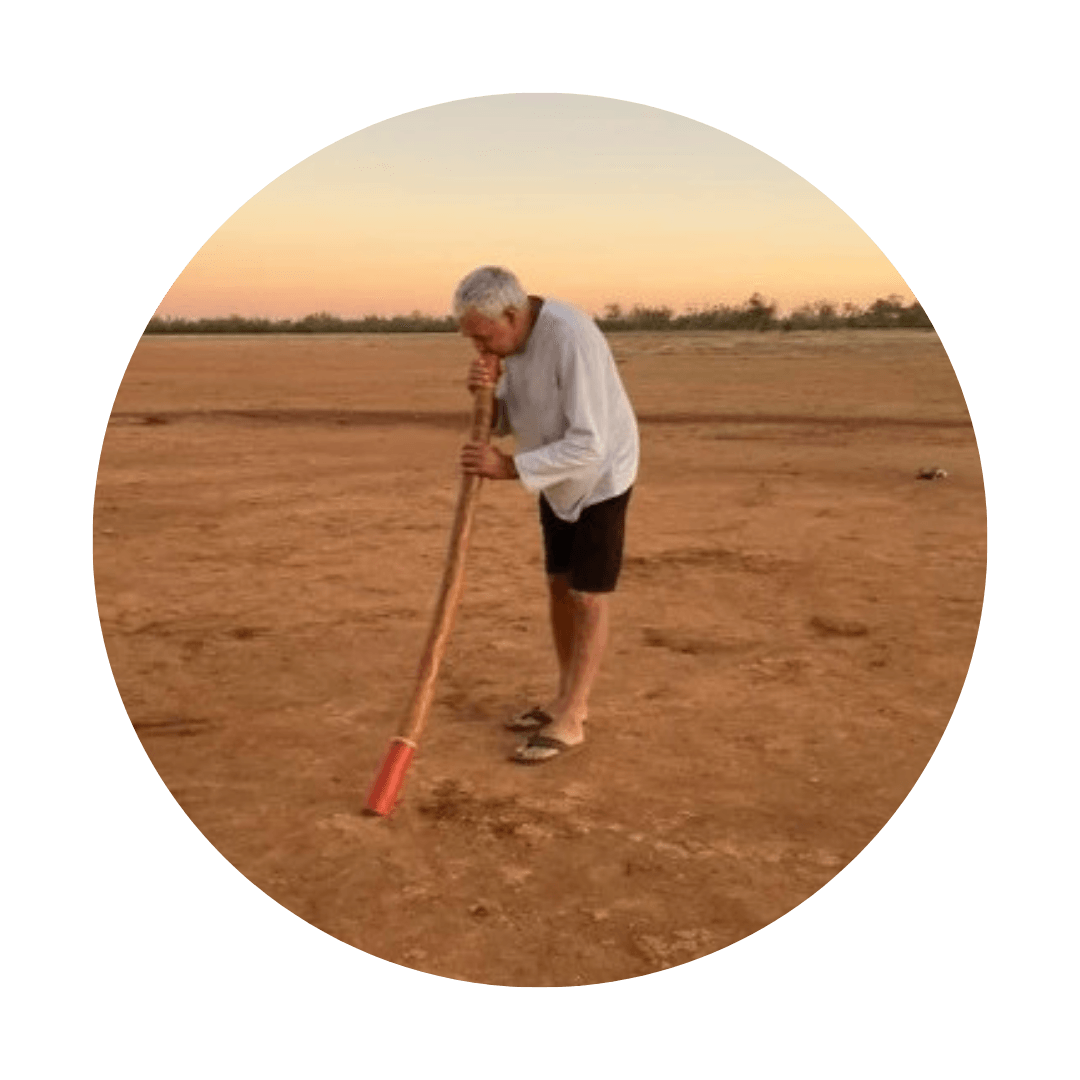
ARTIST:
BILL SPEEDY
$990
The healing power of rain on my Gwamu Country brings the land to life with an explosion of wildflowers. The land changes from harsh and arid to colourful and vibrant. It is a reminder to all of us that with just a little bit of help our Country can heal and continue to provide for all of us.

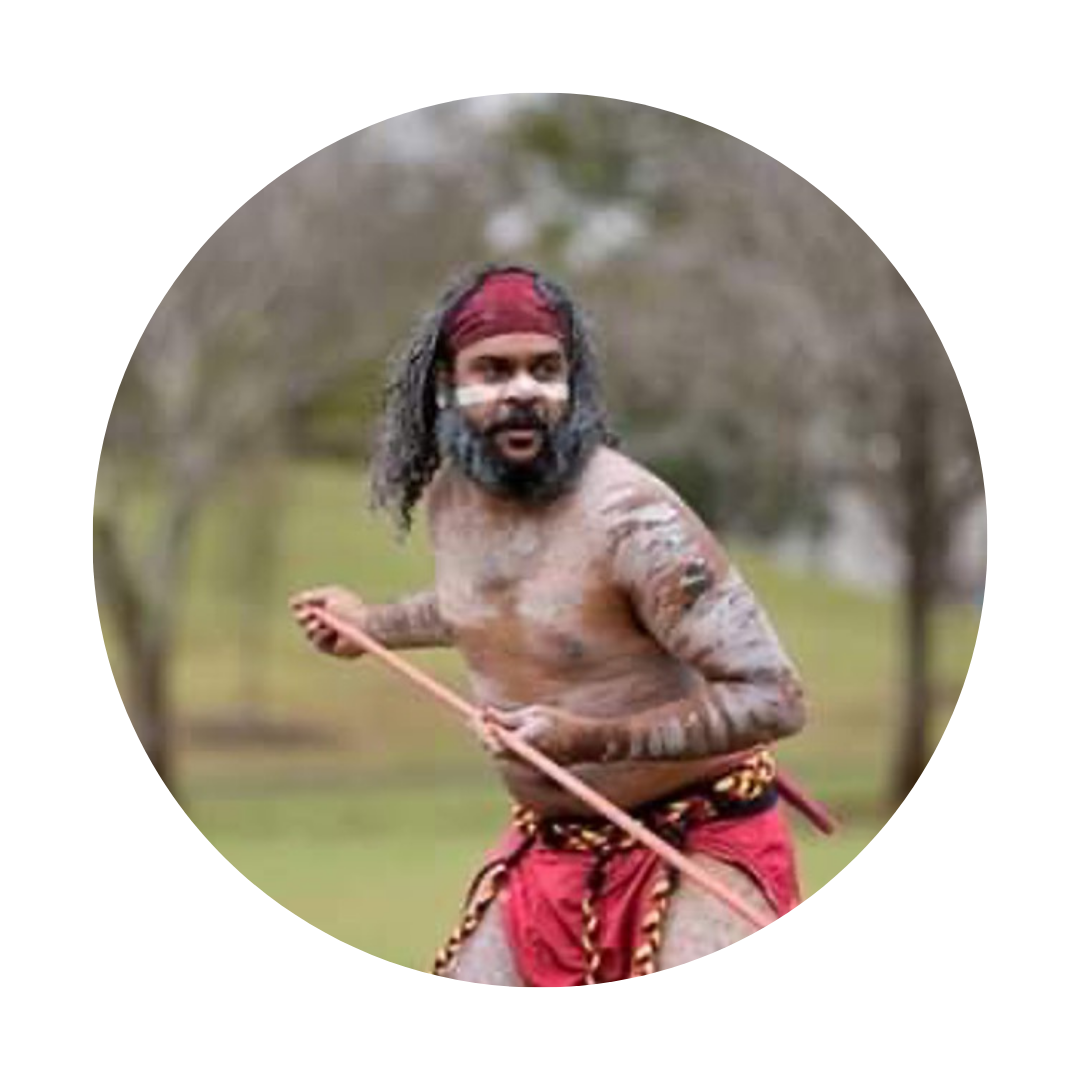
ARTIST:
DAVID MCCARTHY
$1,375
The painting tells the story of the message going out to all the mob about healing Country. The murrdi (man) up the top of the mungu (mountain) is swinging a bullroarer around sending message to all the neighbouring tribes. Also the three men are walking towards the mungu to sit down with all the tribal Elders of all surrounding tribes. I have the gagubarra (kookaburra) sending and carrying the message to the mandana (people) and gadala at the top watching over all the mandana & maintaining lore and protocol. The white silhouette of the dagiin (spears) represents the spirit of the murrdi walking the dhandii (Country) and the one looking over The dhandii representing the murrdi who sent the message out with the bullroarer.
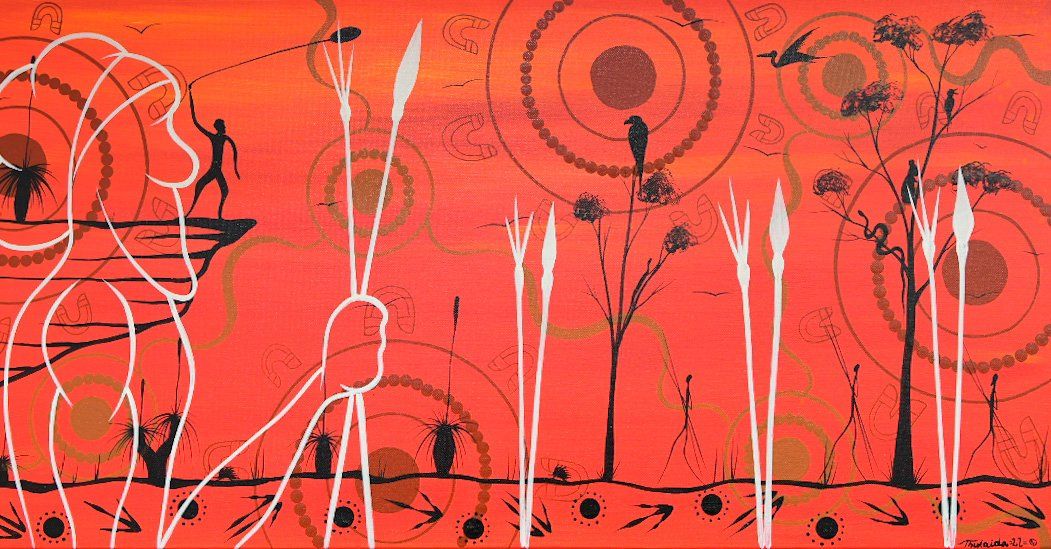
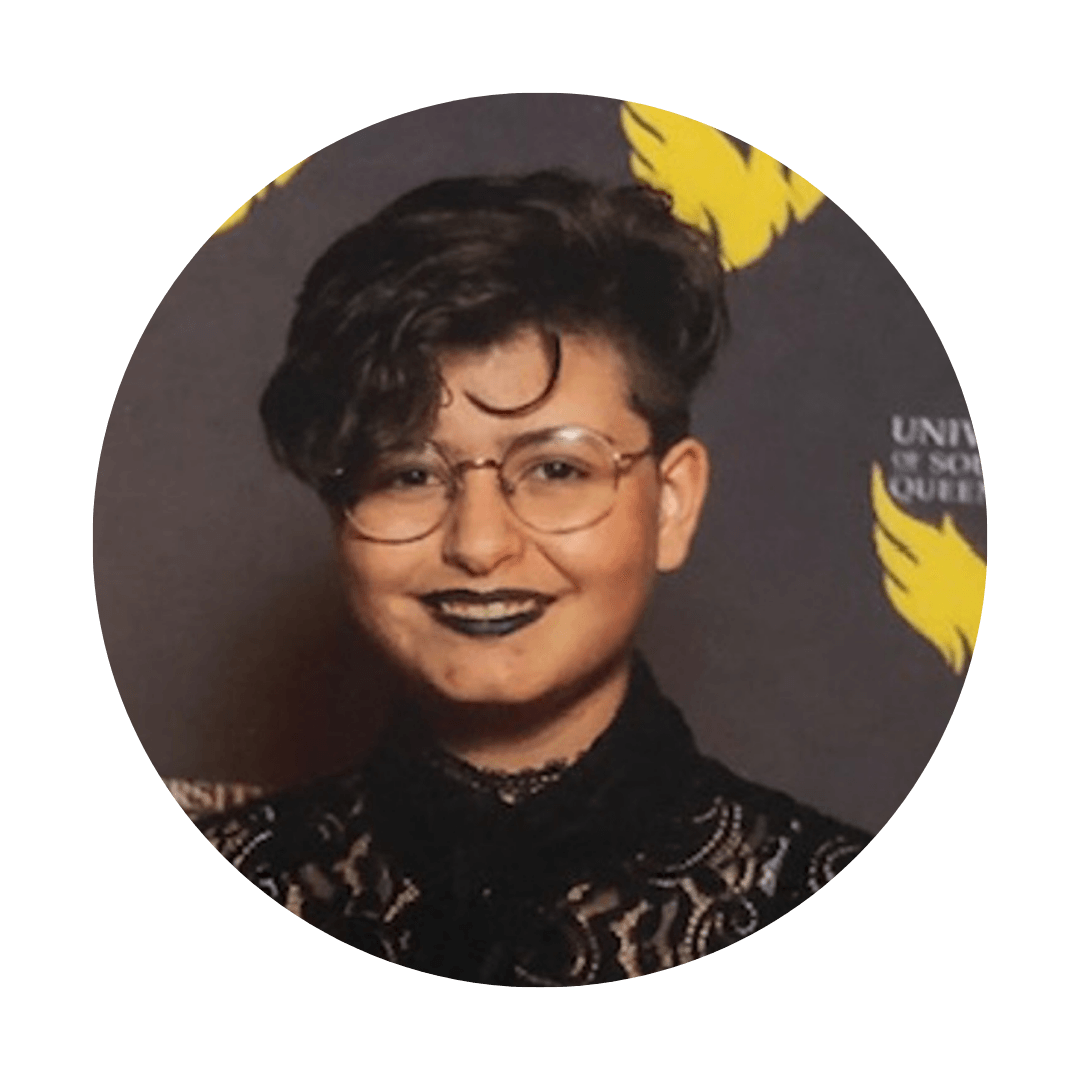
ARTIST:
ISABEL NATIVIDAD
NOT FOR SALE
Guyumba is the Wakka Wakka word for 'light a fire'. In 2019 our Country was ravaged by flames. A destructive force that brought many communities to their knees. But a flame is also a tool of rebirth and creation. All pasts are built upon flames and all futures start with a spark of hope, beginning a new age of healing and reconnecting with our Country.
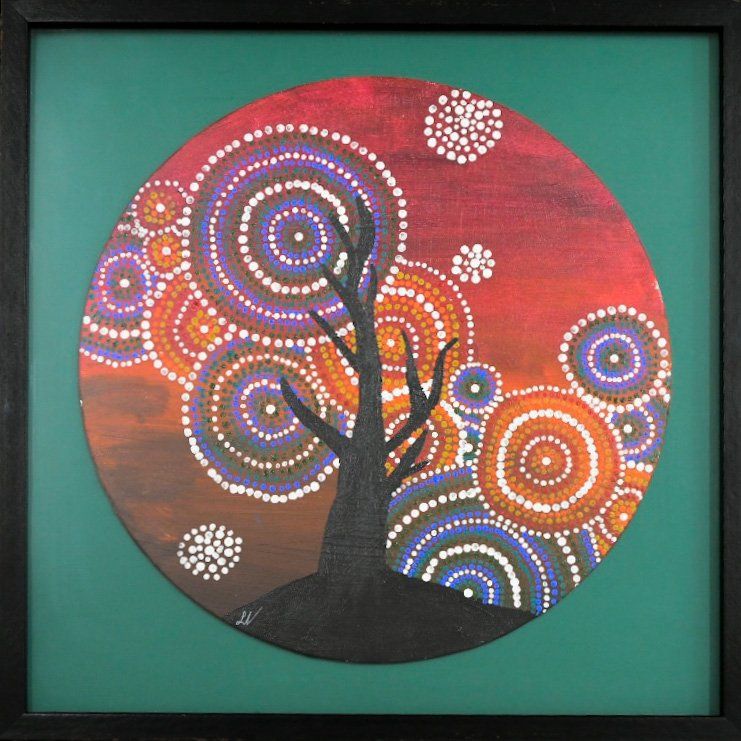
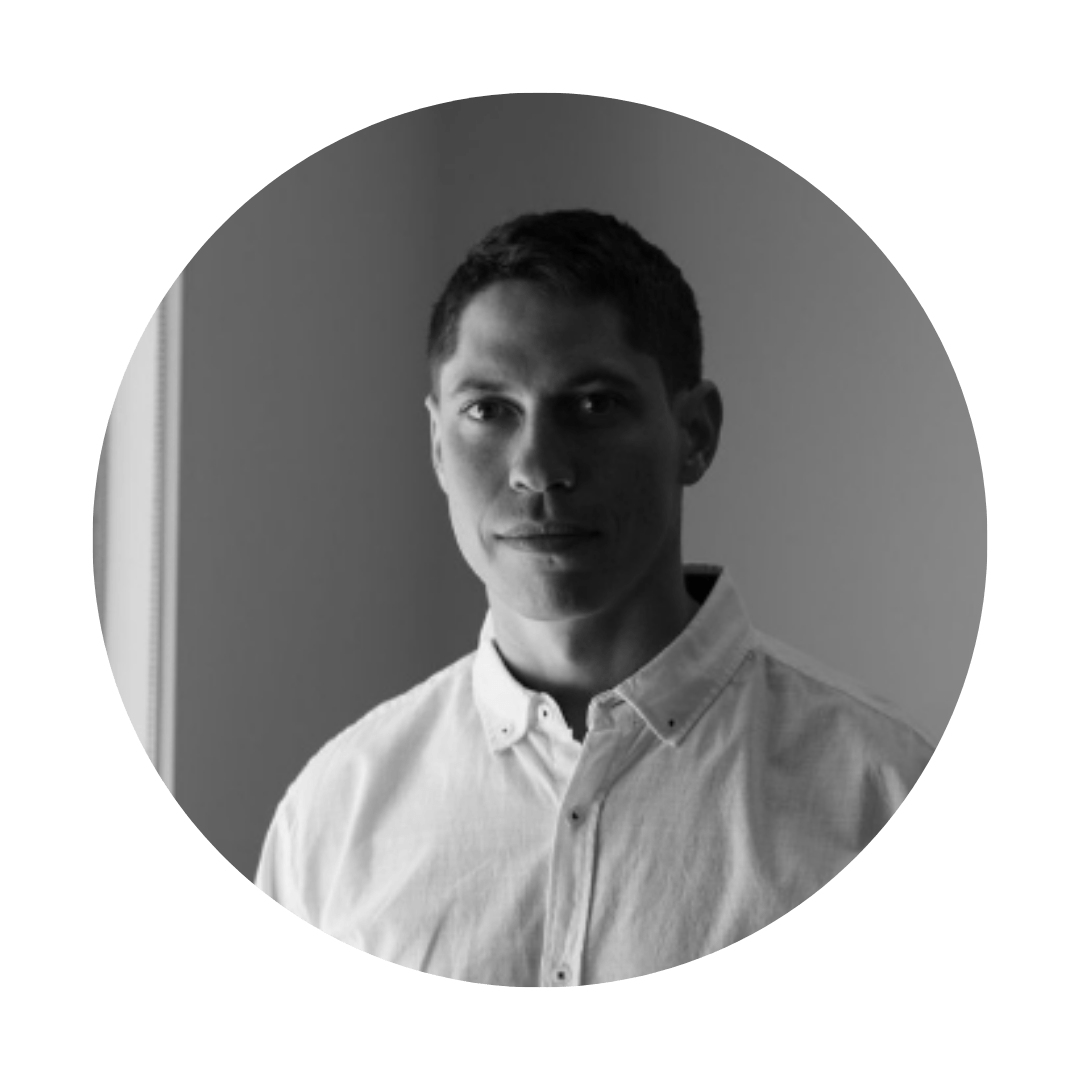
ARTIST:
JARRYD LAWTON
$1,375
This piece was completed in respect of the 2021 NAIDOC theme “Heal Country”. We have this Country; our Country. The same land our generations before us nurtured and looked after. Our Country has given us so much and us being it’s future need to protect it wherever we can. Our Country is who we are.
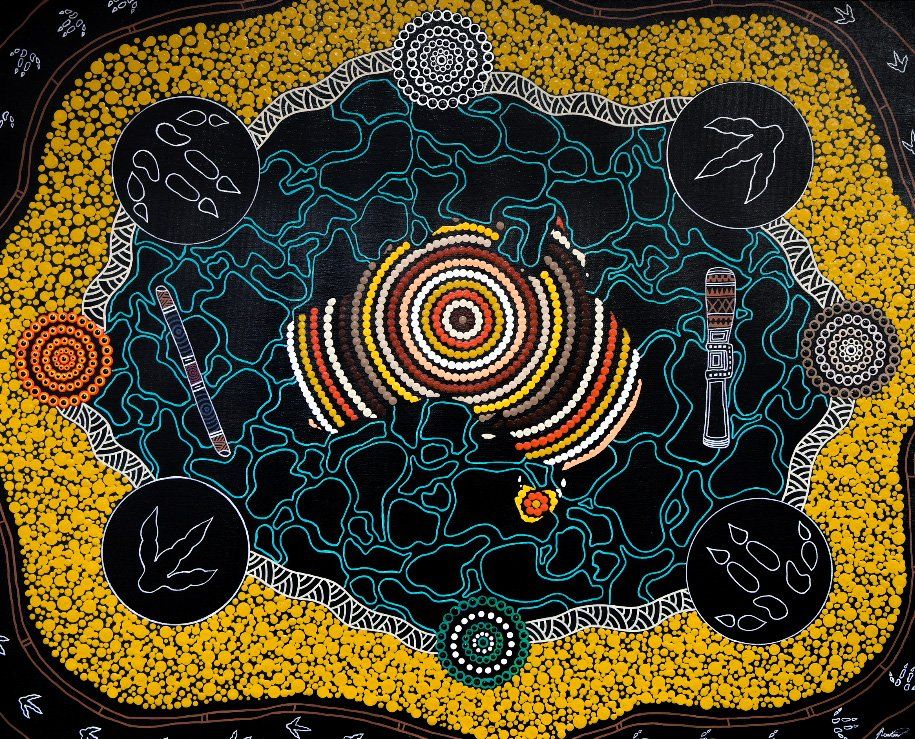

ARTIST:
LANE BROOKES
$715
This painting is dedicated to the centre of my family’s upbringing on the Bungil Creek. Being Mandandanji, I often heard the stories of the time along the Bungil Creek in what was known as the ‘camping grounds’. I addressed the theme ‘Heal Country’ through the depiction of the waterway from Bungil Creek in my painting. To start healing Country, we should begin with healing and revitalising the most sacred feature of our land, the waterways. The waterways are key to our people within the region and more importantly, they are a life source for a variety of reasons. Thinking of the Bungil flowing through and the ecological life within the water; to sit on the bank and think of the old times. To look forward and envisage the Bungil with plenty of yellowbellies, jewfish, boogalis (yabbies) and shrimp, among other aquatic life. The kids that would play and families that would fish, the happiness and joy in creating new memories that passes on from generation to generation.
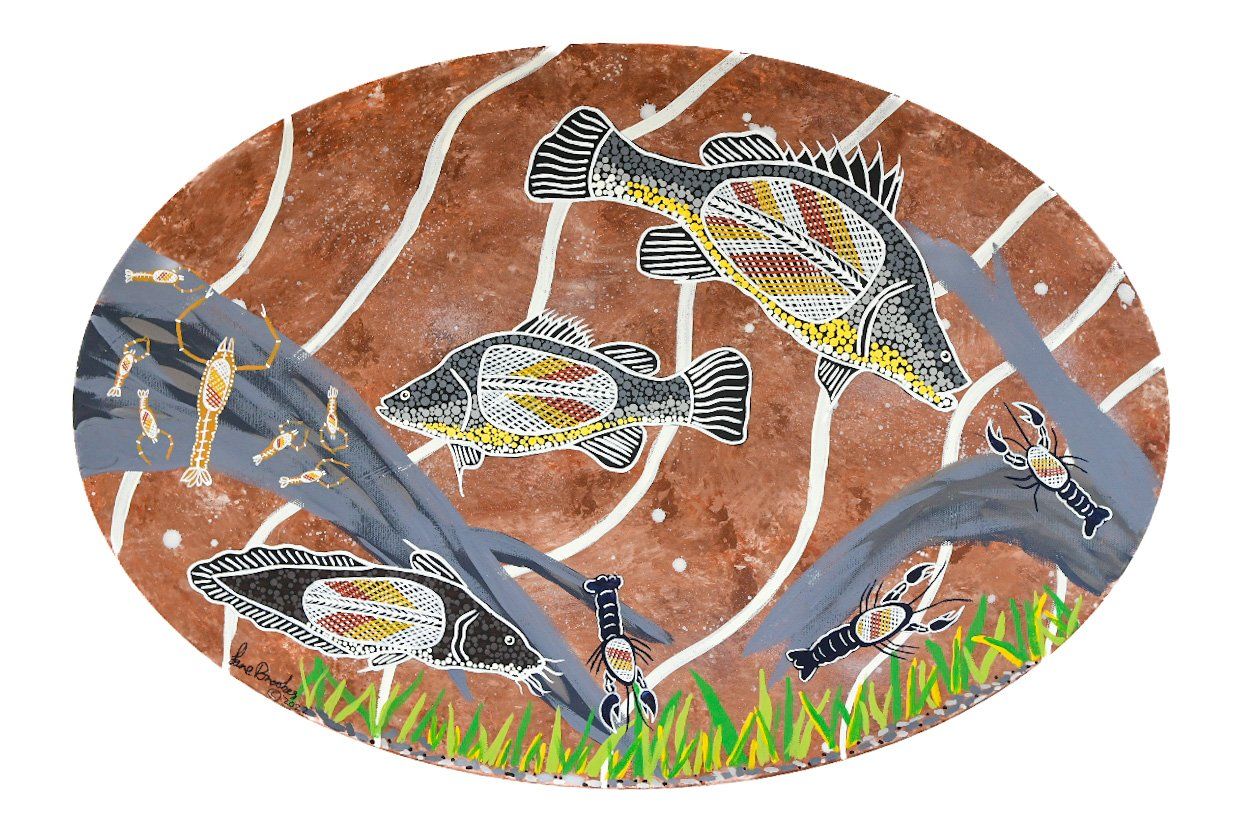
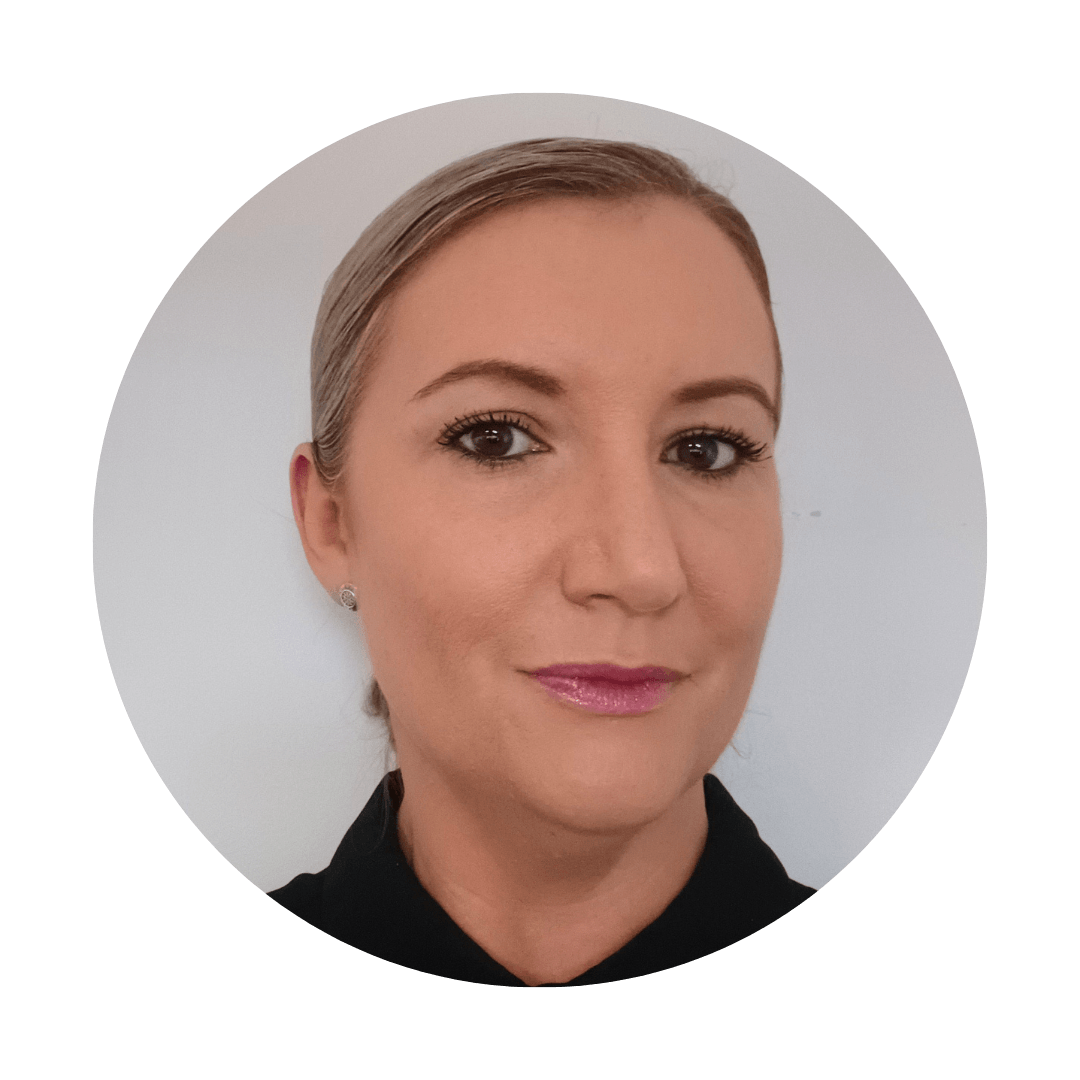
ARTIST:
MELINDA LUSCOMBE
SOLD
This piece is very personal to me and has been an emotional journey to create. The large circles represent the lineage of the Gomeroi women in our family. My great grandmother, my grandmother and myself. The tracks between these circles represent the connection we will always share and also branch out to other possibilities and the unknown. Nature has always been important to our family and I have included lemon myrtle blossoms, as I have been told my great grandmother used to wrap fish with the leaves when cooking. As the mother of an autistic child I am very aware of multi-sensory experiences and how enriching they can be, so as an added element I have treated the timber frame of the art piece with lemon myrtle oil.
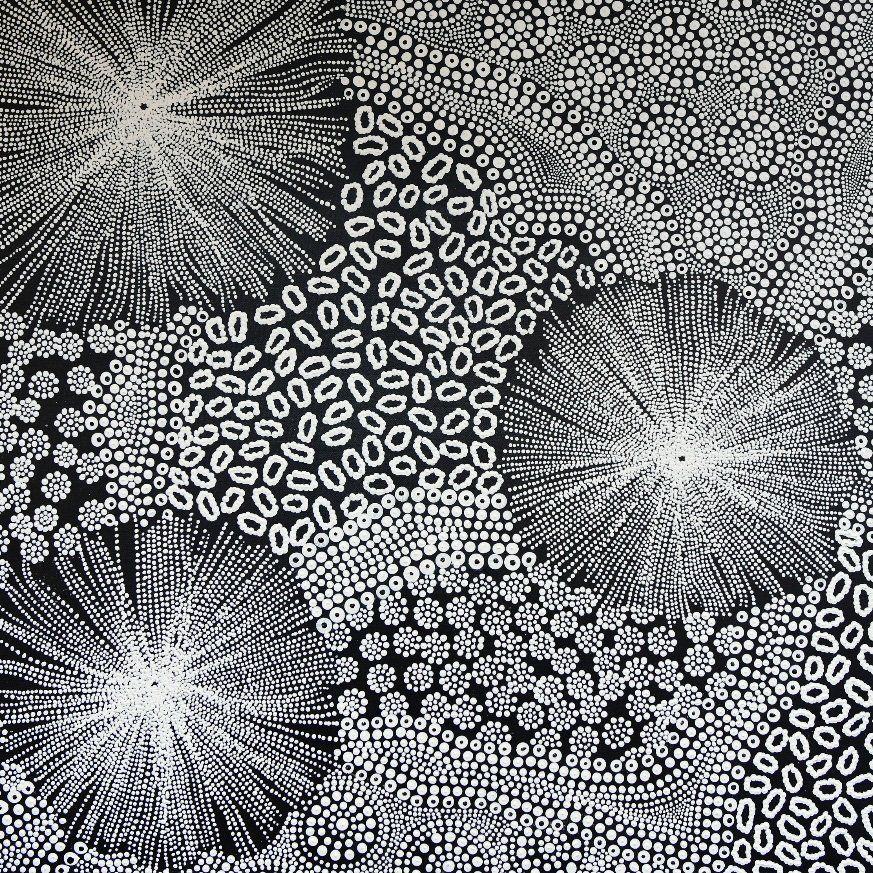
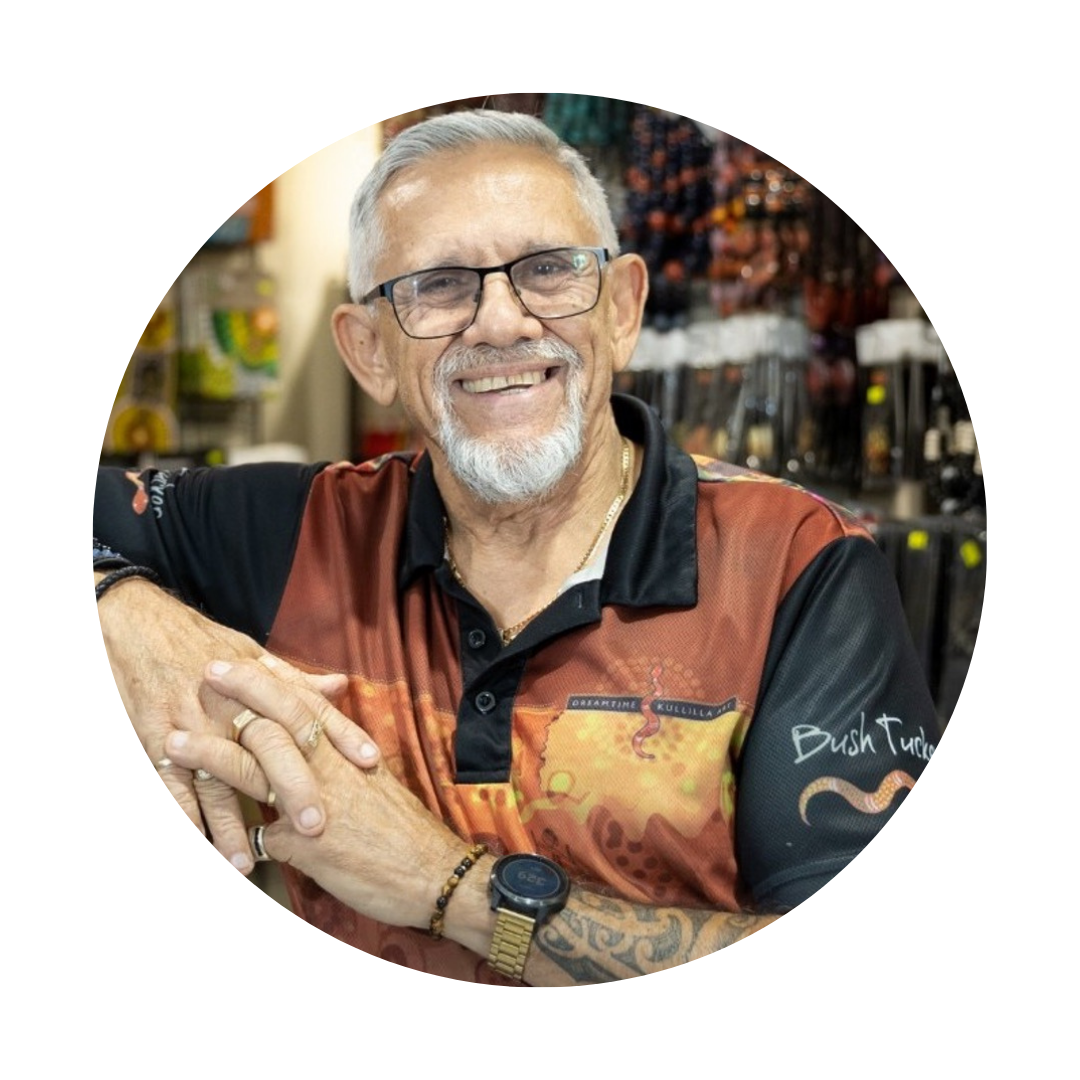
ARTIST:
MICHAEL CONNOLLY
$4,500
The green leaves represent Country healing like a tree with new leaves. The hands are symbolic of the healing; the yellow represents the claims coming together integrating as one, like the rivers washing and rejuvenating Country.
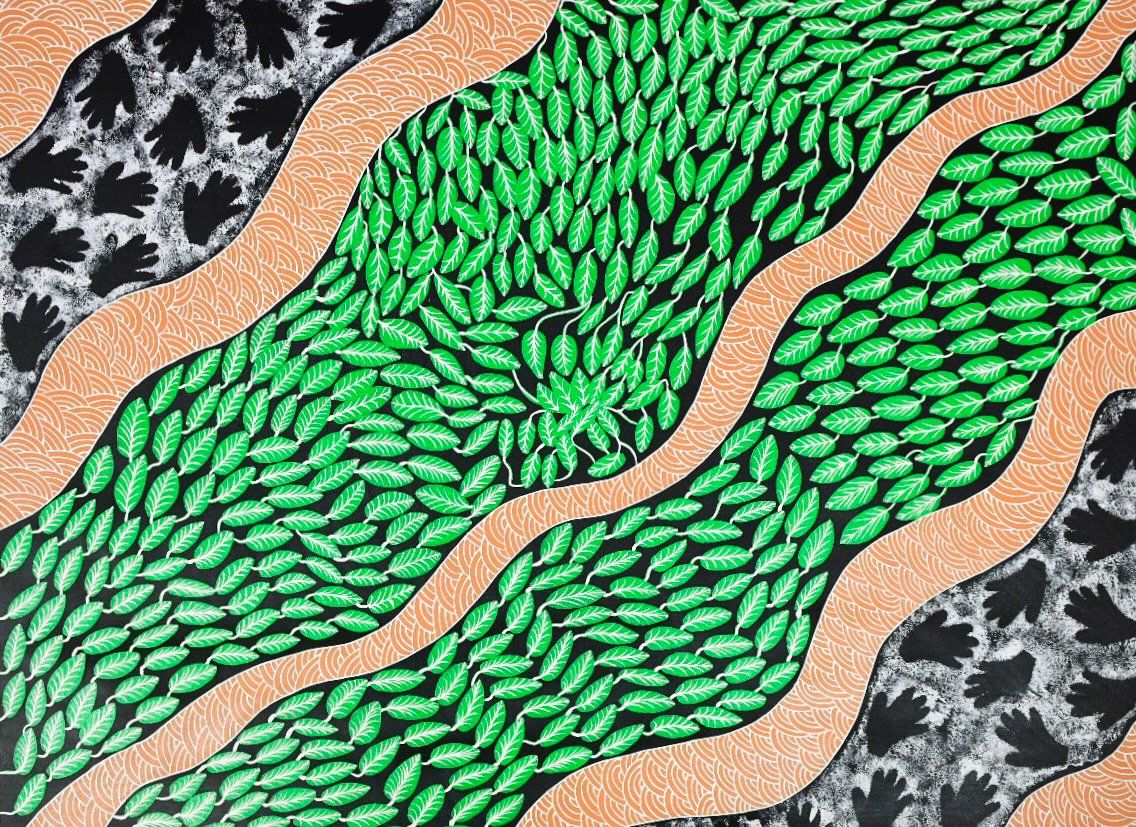
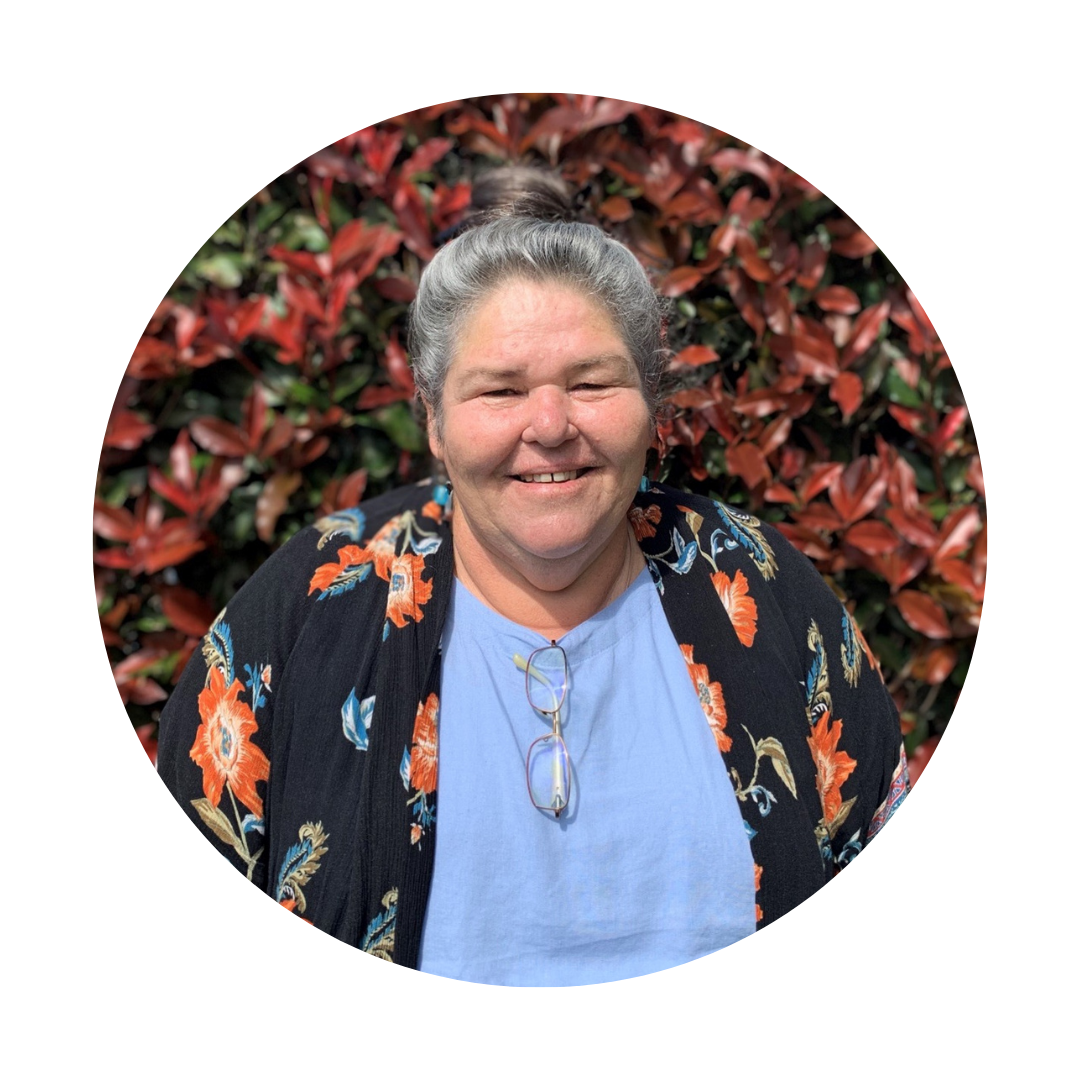
ARTIST:
PETA RICHARDSON
$1,210
Our Country is our body, the Condamine our blood. Waterways are the lifeblood of Country as blood is to our bodies and have been in balance for millennia. In this image, the vertical lines are the makes of western influence; tyre, tracks and fences, angular, linear and dominating. From a cultural viewpoint they become Yidakis, keeping balance through symbols, ceremony, ritual, dance and songlines. The ochres allude to ceremony and depth of knowledge and how this knowledge is still present but receding from common practice. The hair cord talks to relationships and connection between the physical and meta-physical, keeping the continuous past in the present. The lifeblood of the Country still retains connection with ceremony and song lines as it wraps around the Yidakis, letting us know that healing is still possible, and that the old way holds the answers to bringing all our Country back into balance.
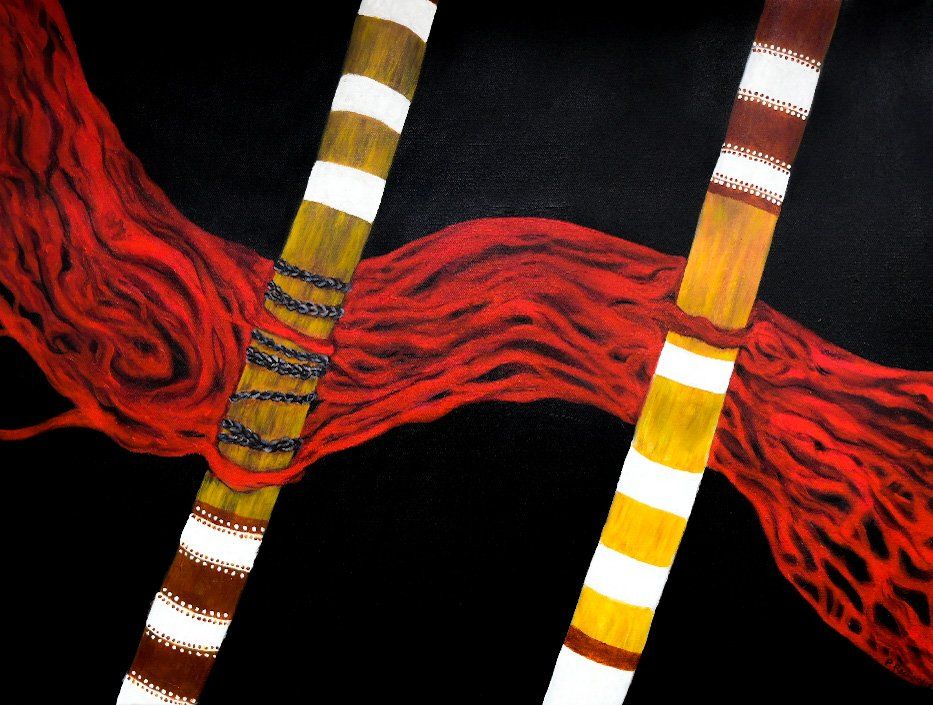

ARTIST:
PETA RICHARDSON
SOLD
The spirits of the ancestors are always watchful and present. Hoping we will return Country to balance.
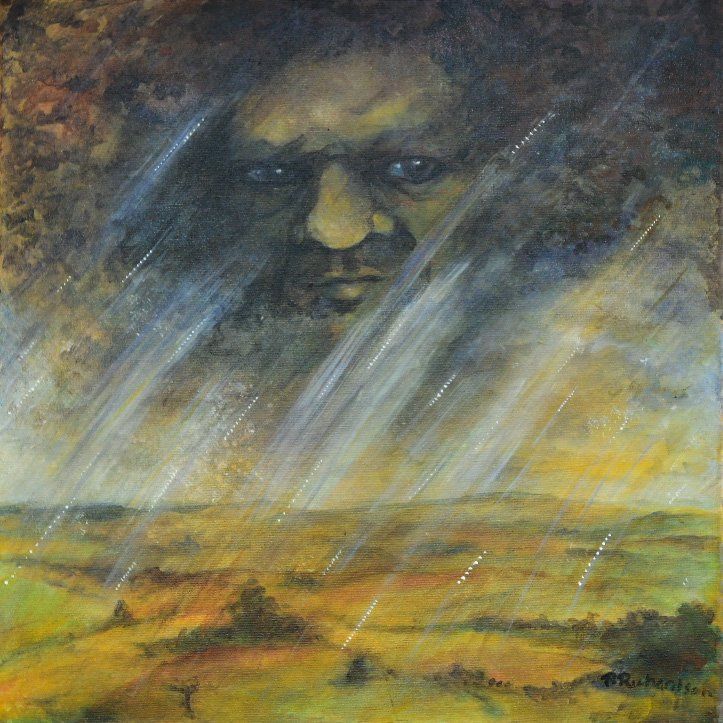
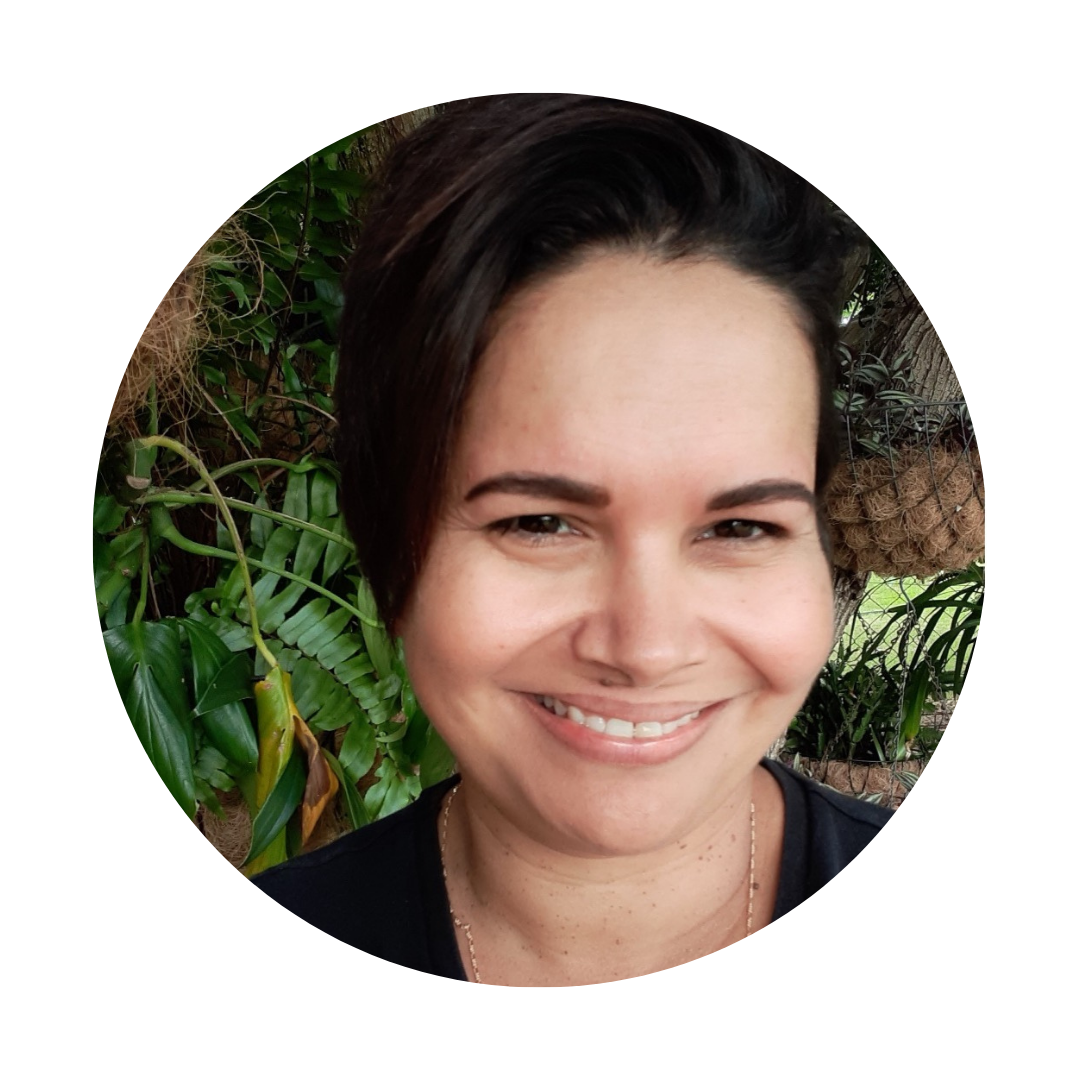
ARTIST:
SHIRLEY DELANEY
SOLD
Being part of the younger generation I will be forever grateful for the older generations' fight to gain back connection to our traditional lands. Our feet walk on a strong foundation that they have set for us and our future generations. Our culture is the oldest living culture in the world and it is very important to pass on knowledge to create awareness and to continue being active in healing Country.
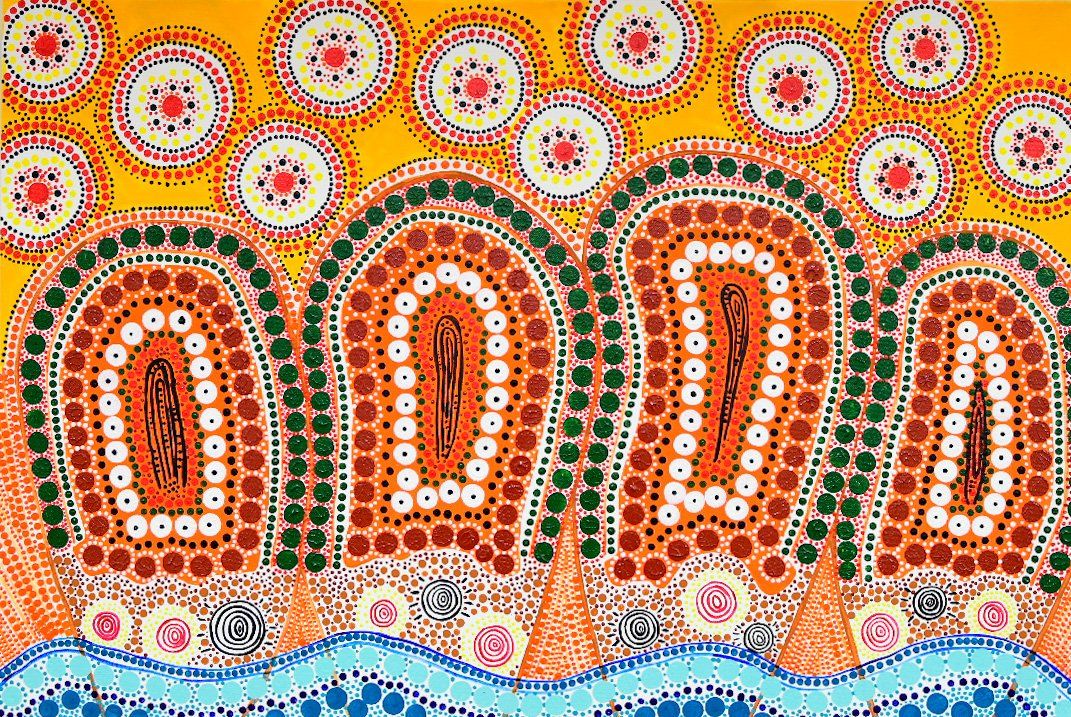

ARTIST:
SHIRLEY DELANEY
$770
A story of connection to Country and culture cut at a young age then emerging into a strong woman to pass on her knowledge and creating awareness through the healing of Country. The rippling effect will continue to become stronger and brighter for us as Indigenous people throughout each generation because we have had a strong foundation set by our Elders. It is time for them to rest and we continue on the fight to heal the Country.
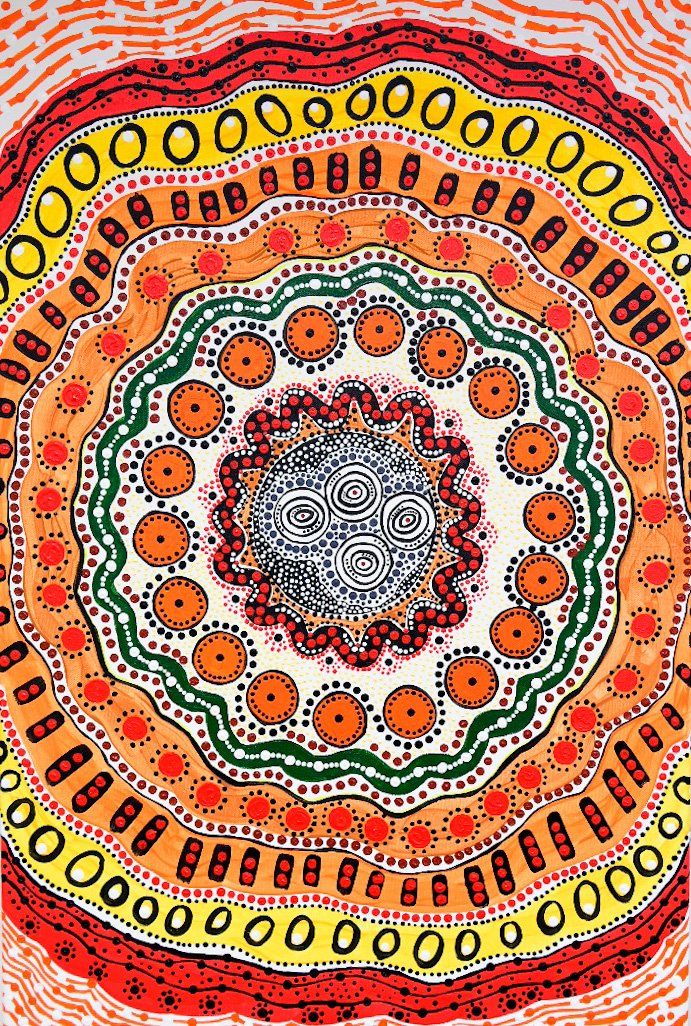
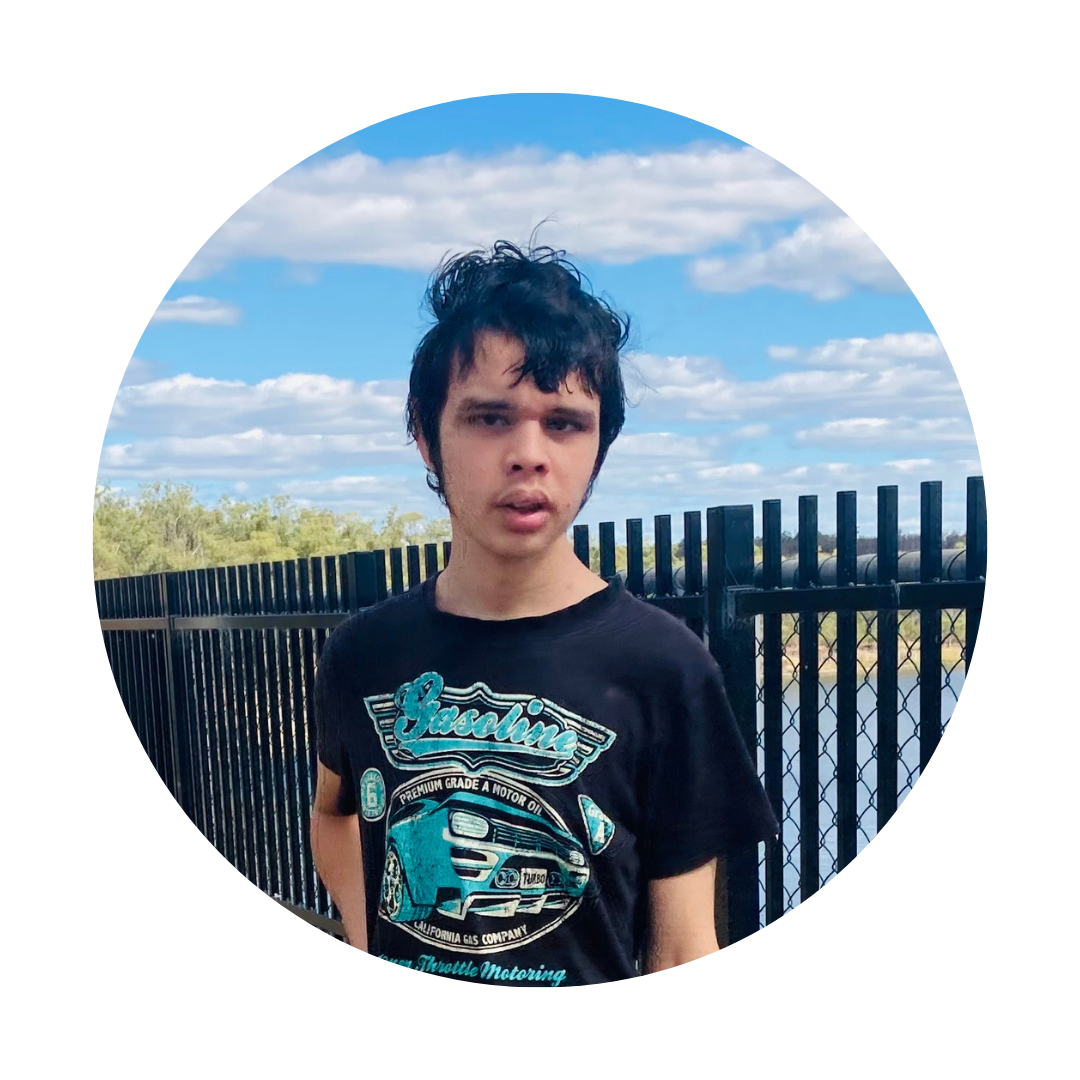
ARTIST:
TAREQUE CHAPMAN
NOT FOR SALE
I am a 15 year old Wakka Wakka artist living in Ipswich. I chose to paint my totem, the yellowbelly fish for my entry into the First Nations Art Competition. My Uncle caught a lot of yellowbelly at home on Country when I was born, so my totem is very important to me, and it’s just one way we can Heal Country.
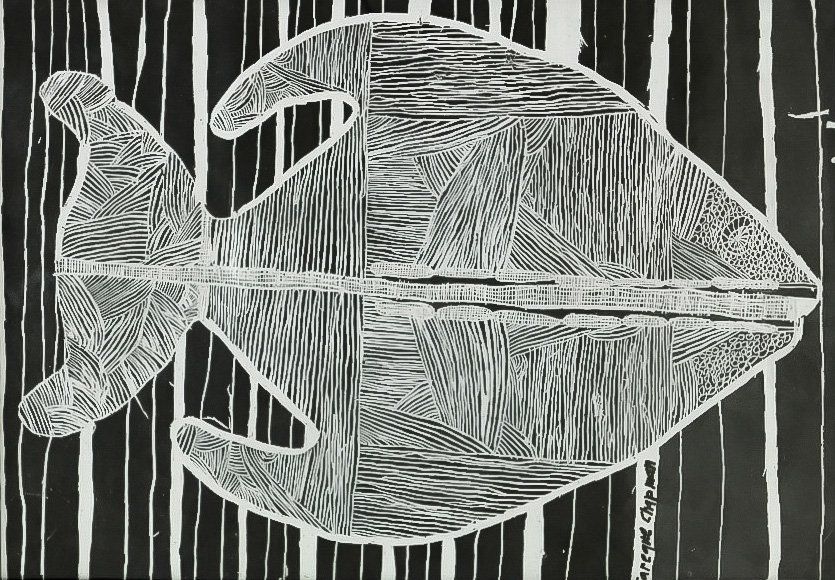
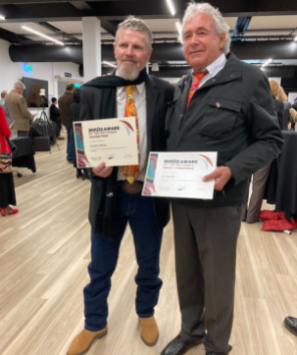
Winners in the inaugural Southern Queensland Landscapes First Nations Art Competition have been announced to a crowed of more than 100 people at the University of Southern Queensland's new Art Gallery.
Overall Grand Prize and 25+ Years Category winner has gone to Melinda Luscombe for her piece 'Lemon Myrtle Bloom'.
"This is very personal to me and has been an emotional journey to create," Melinda Luscombe said.
"The large circles represent the lineable of the Gomeroi women in our family. My great grandmother, my grandmother and myself," Ms Luscombe said.
"The tracks between the circles represent the connection we will always share and also brand out to other possibilites and the unknown. Nature has always been important to our family and I have included lemon myrtle blossoms, as I have been told my great grandmother used to wrap fish with the leaves when cooking," she said.
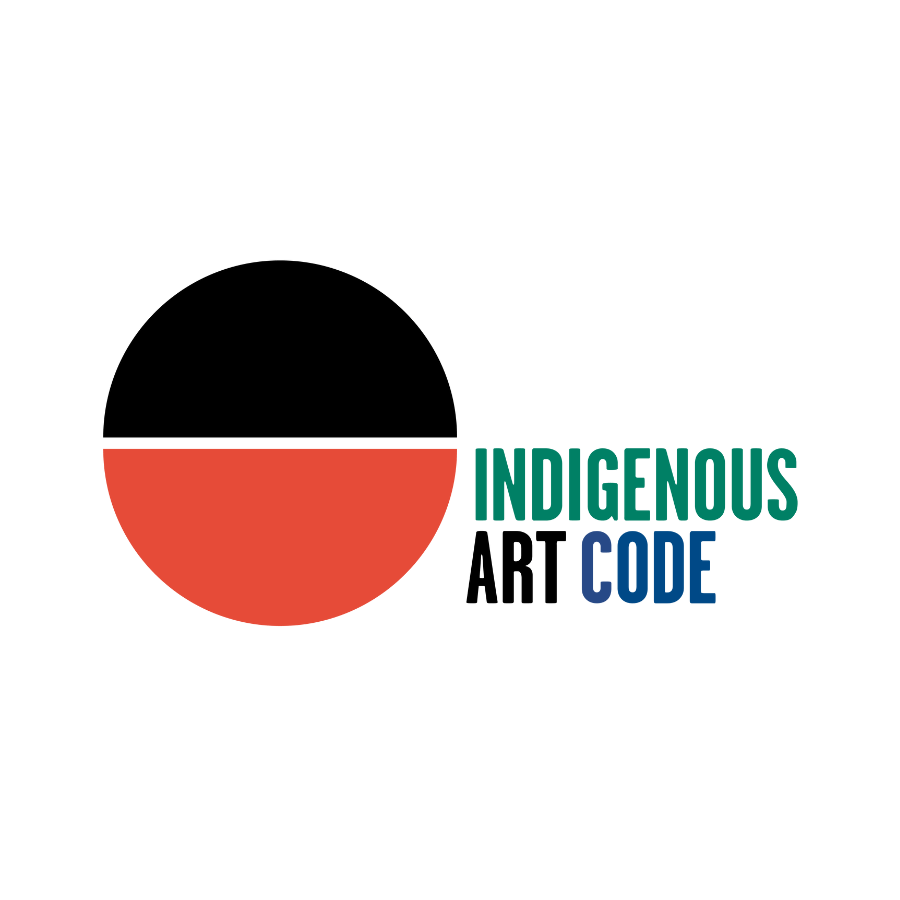
Fair go for First Nations artists!
Southern Queensland Landscapes is proud to announce it is now a Dealer Member of the Indigenous Art Code; which is all about making sure that Aboriginal and Torres Strait Islander artists are given a fair go.
The Indigenous Art Code administers a voluntary industry Code of Conduct which outlines a set of rules and guidelines that dealers commit to follow to ensure ethical practices and fair treatment of artists.
To discover more about the Indigenous Art Code click the LEARN MORE button below.
Art tells the story of our landscapes, and connects us to our identity, our Country and our people. The 2023 First Nations Art Competition aims to allow First Nations artists from the 28 Nations in our area to share their art with others, and be recognised for their incredible talent.
There's $18,000* in prizes to be won. Learn more.
The theme of the 2023 First Nations Art Competition is GET UP, STAND UP, SHOW UP. Click here to learn more.
We acknowledge the 28 Nations in the Southern Queensland Landscapes area including: Auburn Hawkwood, Badjiri, Barunggam, Bidjara, Bigambul, Boonthamurra/Bunthamarra, Budjiti, Djaku-nde/Jangerie Jangerie, Euahlayi/Yuwaalaraay, Gamilaraay/Gamilaroi/Kamilaroi, Giabul, Githabul, Kambuwal, Gunggari, Kooma, Iman, Jarowair, Kullilli, Kungardutyi, Punthamara, Kunja, Mandandanji, Mardigan, Morrawarri/Murrawarri, Palpamudramudra Yandrawandra, Wakka Wakka, Wangkumarra/Wongkumara, Western Bundjalung, and Western Wakka Wakka Nations.
*Terms and Conditions apply.
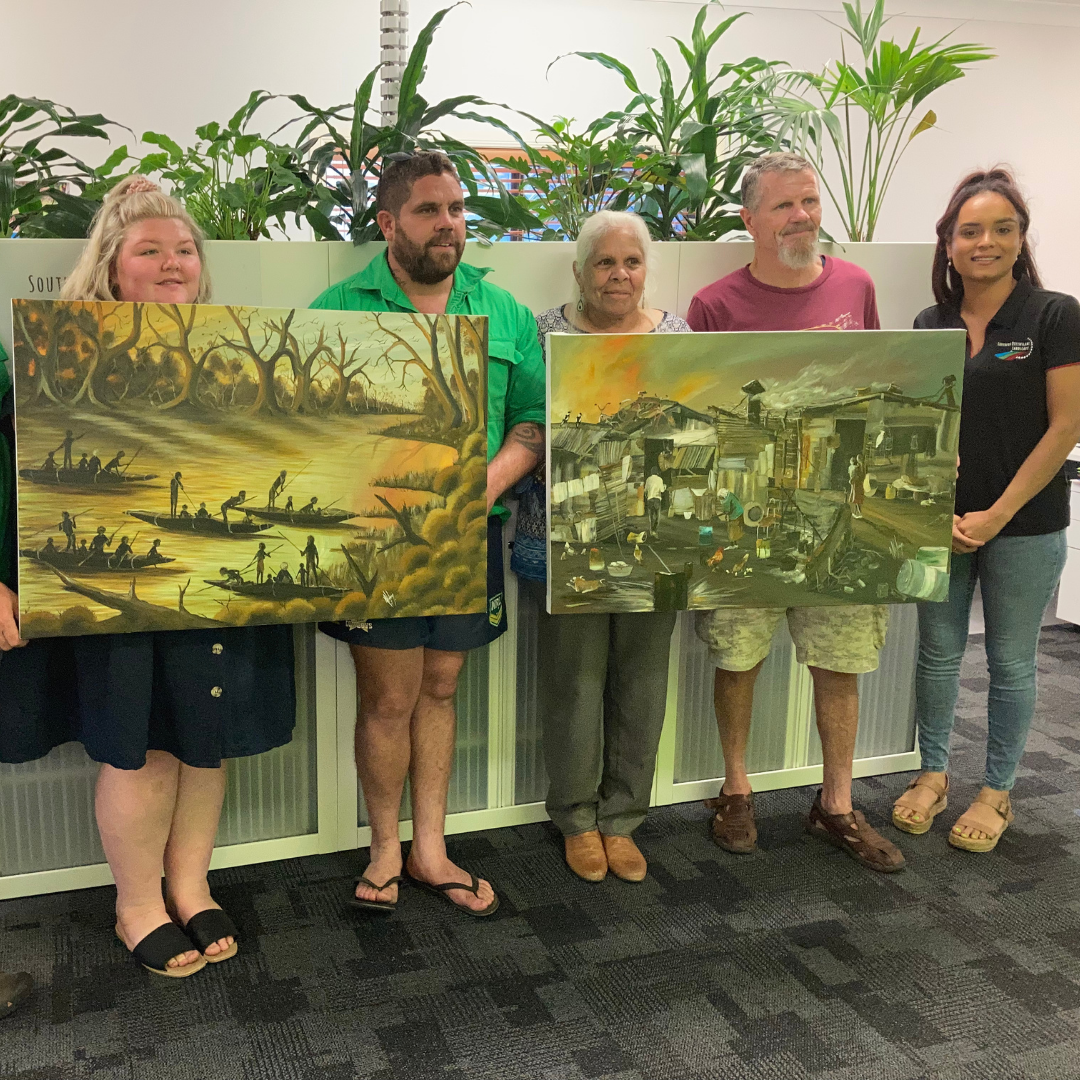
"Colin Jones was born in 1947 in Ipswich, Queensland, and is of Kaladoon and Nunuckle tribal descent. Colin’s Aboriginal name is Ko-Ro, which means Brolga wings. As a young boy, Colin learned to paint from his grandfather.
Besides painting, Colin teaches history and culture all over the world. He has taught at University of Honolulu and University of Hilo, Hawaii as well as Germany, France and England. He has also lectured at the UN. Currently, Colin helps troubled youths at Goori house, an addiction treatment centre in Queensland.
Colin’s art has been exhibited in leading galleries in Europe, America, Great Britain and Australia."
"As an experienced portrait painter, Sue has developed a hyper-real meets pop art style through her explorations of contemporary art, while studying B.Cr.Arts at USQ. Sue has exhibited in group shows over the last 20 years and exhibited at TRAG 2011 & 2014."
As a qualified company director (GAICD) and graduate of the UQ Gatton campus, Chris is currently a director on the Psychology Board of Australia and a member of the Queensland Great Artesian Basin Advisory Committee. Chris is also the Chair of Southern Queensland Landscapes First People’s Committee. Chris’s vision for the future of SQ Landscapes is to provide a profitable and sustainable agricultural industry and to maintain vibrant rural and regional communities.
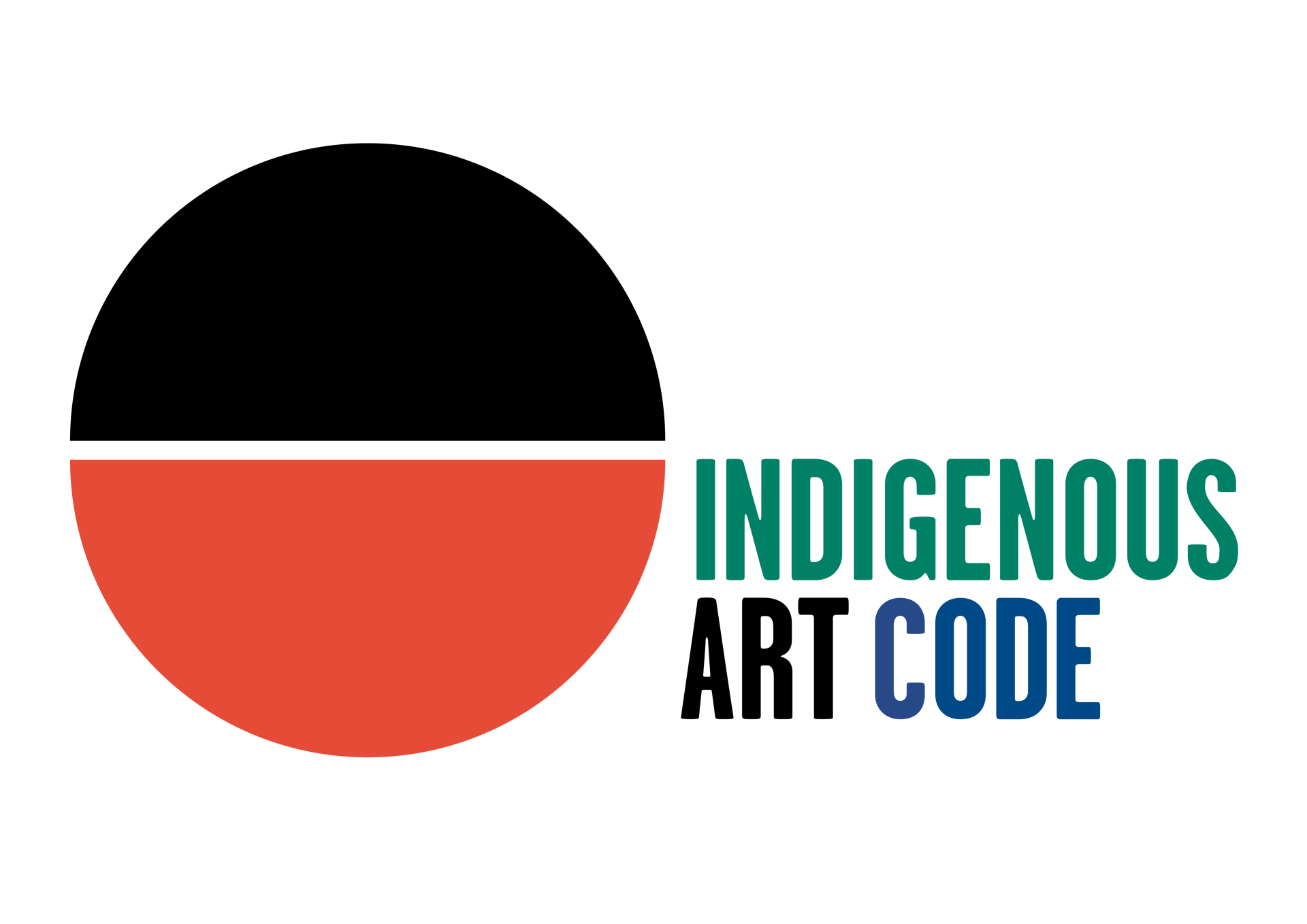
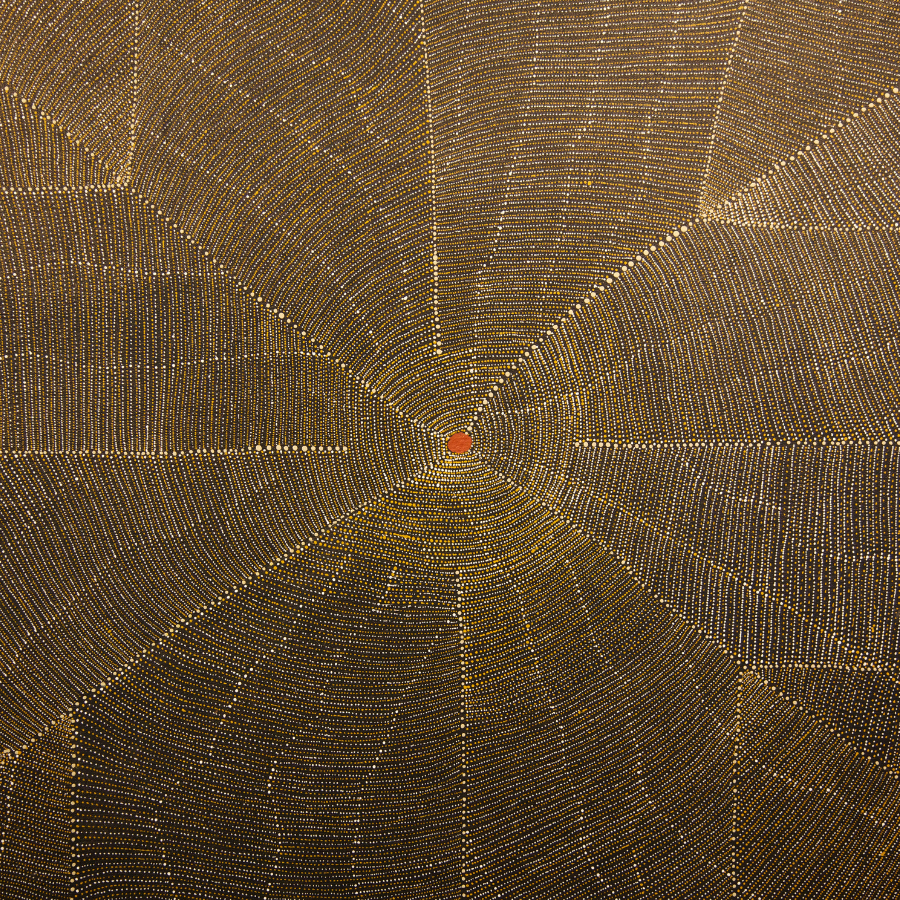

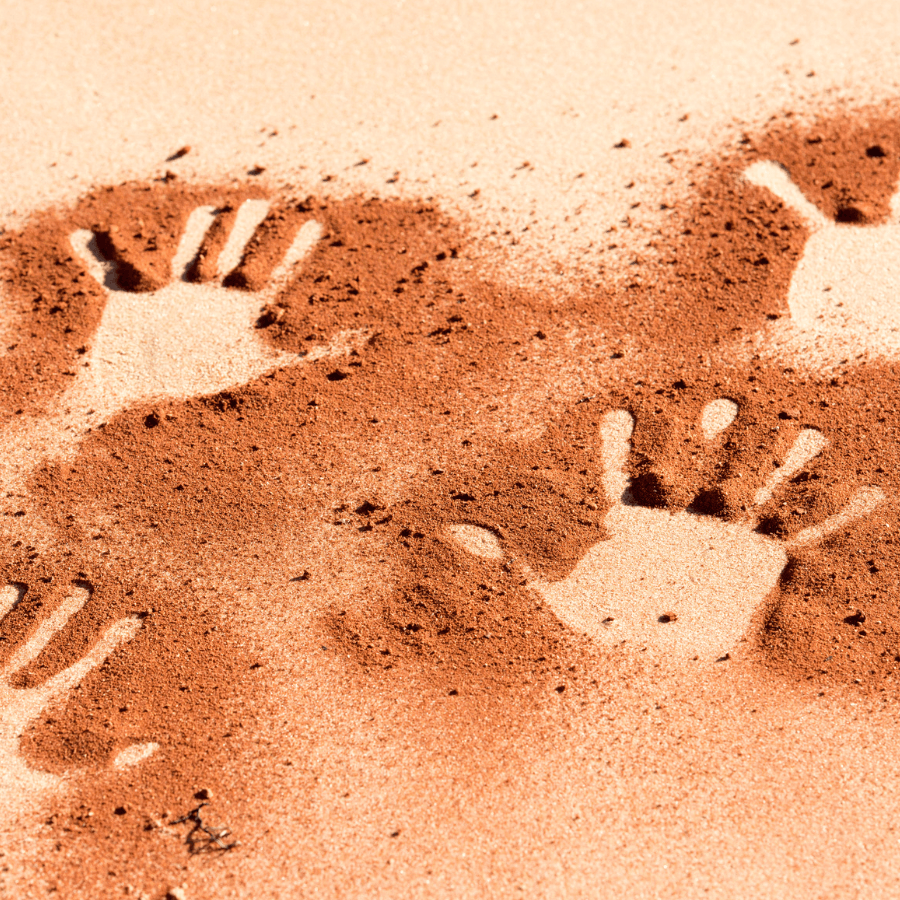
Southern Queensland Landscapes is a member of the Indigenous Art Code which is about ensuring that Aboriginal and Torres Strait Islander artists are given a fair go.
The Indigenous Art Code administers a voluntary industry Code of Conduct (known as The Code), which outlines a set of rules and guidelines that dealers (both Indigenous and non-Indigenous businesses) commit to follow to ensure ethical practices and fair treatment of artists.
The Code provides a standard for ethical conduct of dealers of Indigenous visual arts. it also defines clear standards for dealings between Aboriginal and Torres Strait Islander visual artists and art dealers to deliver:
To find out more about the Indigenous Art Code click the LEARN MORE button below.
ADDRESS:
Toowoomba - 266 Margaret St. QLD 4350
Roma - 21 Major St. QLD 4455
Charleville - 92 Alfred Street. QLD 4470
St George - 1/11 Grey Street. QLD 4487